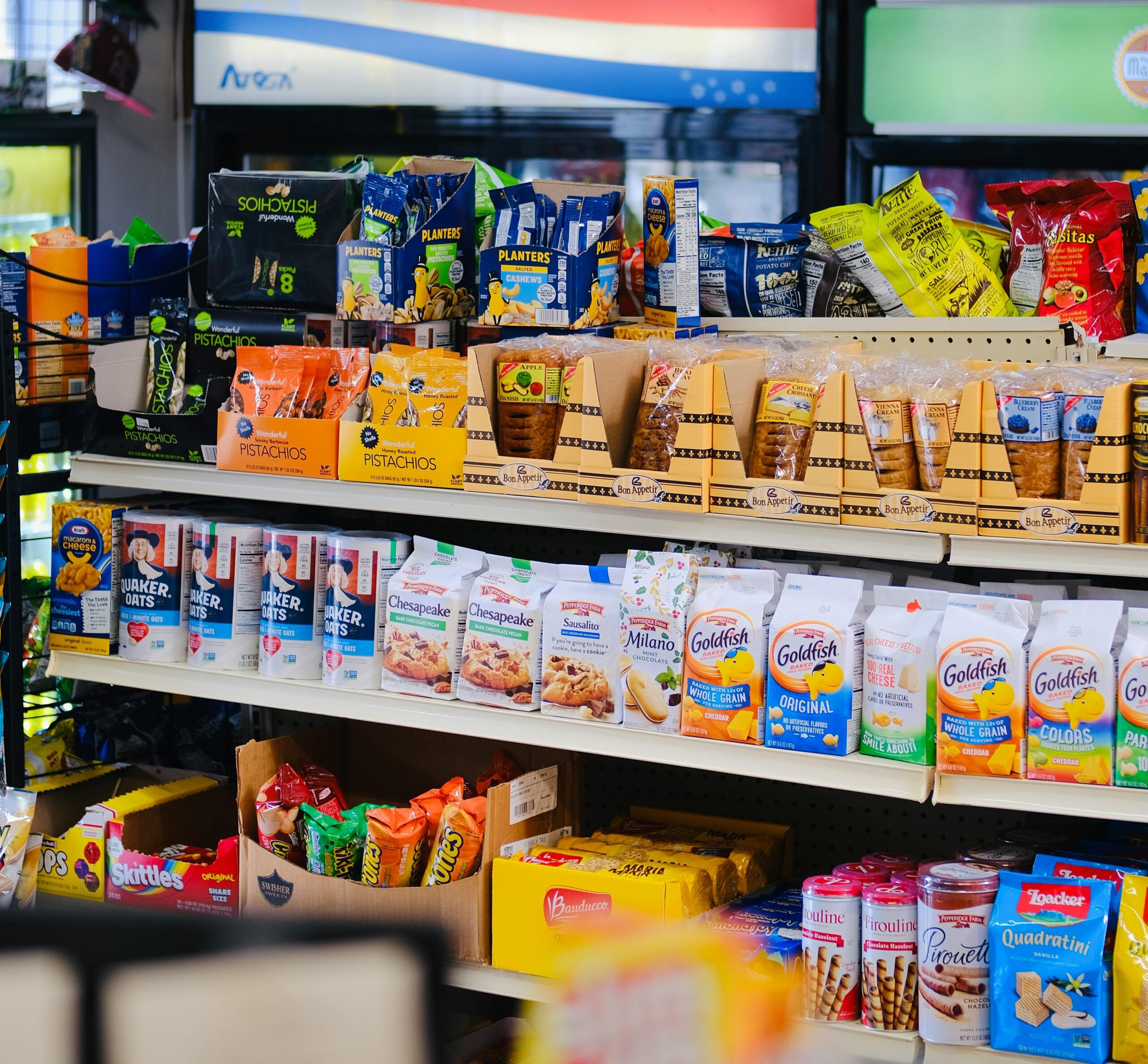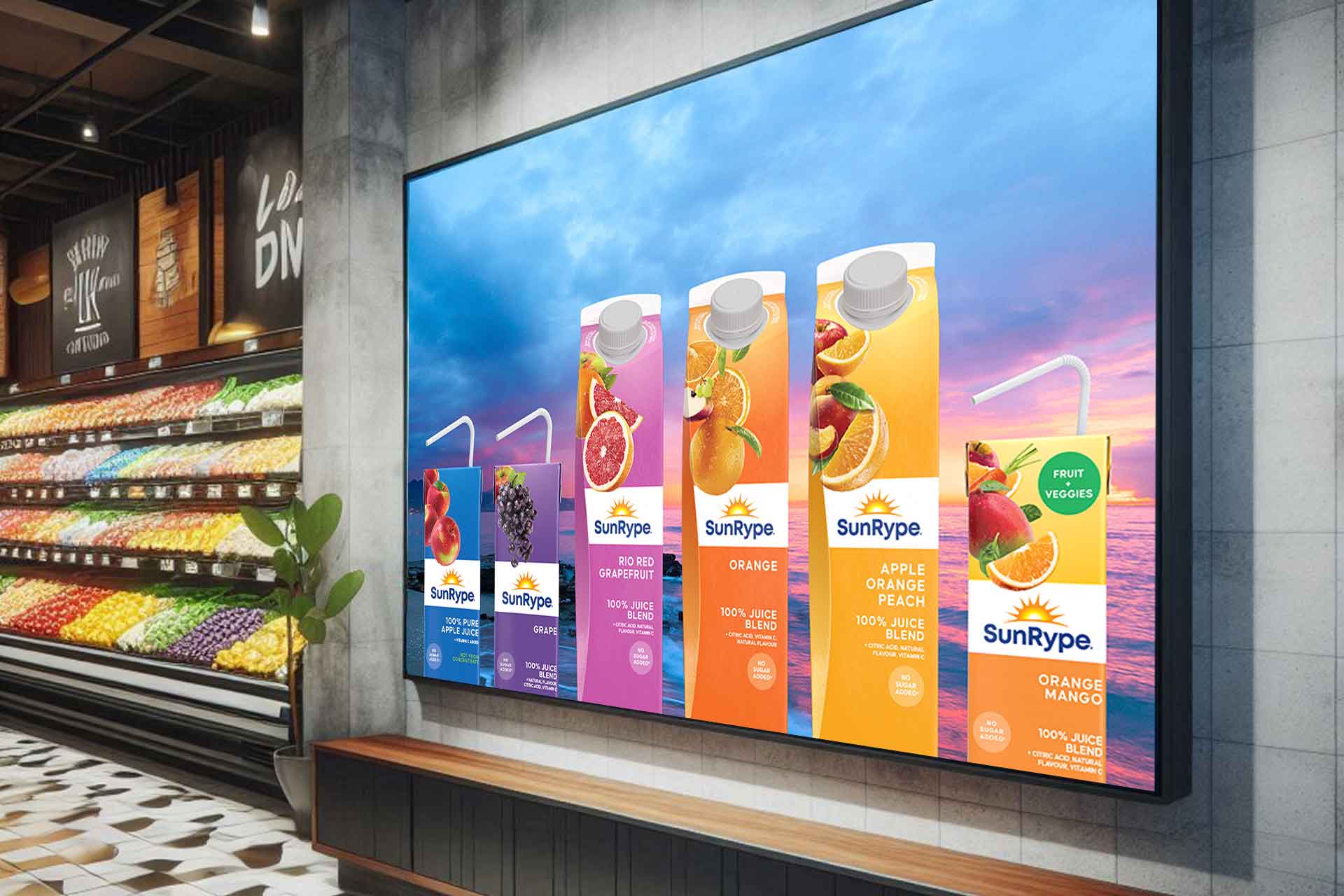Why Diverse Cultural Marketing is a Growth Imperative for Modern Brands
Ethnic consumers are driving disproportionate growth in Canada’s consumer packaged goods (CPG) space. According to a recent Fall 2024 NielsenIQ report, immigrant and visible minority shoppers account for more than 100% of CPG growth in many key categories. Yet, many brands are still playing catch-up in how they market to these diverse and dynamic audiences.
This isn’t just a missed opportunity; it’s a strategic blind spot.
What the Data Tells Us
Here are some key findings from a recent Fall 2024 NielsenIQ report:
- Canada’s visible minority population is over 25% and continues to grow.
- These communities are more likely to be brand-loyal, family-oriented, and food-forward.
- Asian and South Asian households are outspending the general population in key CPG categories, especially in produce, seafood, snacks, and baby care.
- The top reason cited for trying new products: Recommendations from family, friends, or trusted influencers.
Translation: If you’re not prioritizing ethnic marketing, you’re not just leaving money on the table; you’re giving your competitors a head start.
Step-by-Step Guide to Diverse Cultural Marketing That Actually Works
1. Start with Cultural Intelligence, Not Just Demographics
Mistake to Avoid: Treating “ethnic marketing” as one broad, monolithic audience.
What to Do Instead:
- Conduct research into specific communities (e.g., Punjabi, Filipino, Chinese, Jamaican) rather than lumping everyone into “multicultural.”
- Understand cultural cues, food rituals, media habits, and language preferences specific to your category.
- Work with digital agencies or consultants that have firsthand cultural insight.
- Don’t assume translation equals connection. You need cultural relevance, not just language parity.
Crew works with diverse food brands, partnering with influencers to support their core audiences and expand to larger North American markets.
2. Partner with Ethnic Content Creators and Influencers
Influencer marketing isn’t just an option - it’s a must-have for ethnic audiences who trust peers alongside paid ads.
How to Get It Right:
- Partner with micro- and mid-tier influencers embedded in their cultural communities.
- Focus on authenticity, not follower count.
- Allow influencers to co-create content, using their voice and aesthetic, not just post a generic brief.
- Boost content to reach a wider audience than their direct followership.
Need help identifying the right talent? A good social media agency can help vet creators who have earned trust and cultural capital within their communities.
3. Create Social-First, Culturally Relevant Campaigns
Diverse consumers, especially younger generations, are highly engaged on platforms like TikTok, Instagram, and YouTube.
What Works Best:
- Short-form video featuring family rituals, food traditions, or beauty routines tied to culture.
- Community-focused messaging that reflects real life, not just stereotypes.
- Utilize seasonal and cultural moments (e.g., Diwali, Lunar New Year, Eid, Black History Month) as key opportunities.
- Collaborate with a social media agency to create scroll-stopping content that blends brand goals with cultural storytelling.
4. Tailor Retail and In-Store Marketing to Local Diverse Cultural Communities
Digital may get the headlines, but in-store visibility is crucial. Many ethnic shoppers rely on community grocers, cultural supermarkets, or discount channels.
How to Win at Retail:
- Customize POS and packaging where appropriate.
- Focus on regions with high concentrations of key communities.
- Offer flavors, formats, and bundle sizes that reflect household needs.
- Work with a CPG agency that has multicultural experience to optimize your 360° approach from shelf to social.
5. Don’t Just Advertise - Invest in the Community
Diverse cultural audiences want to support brands that support them.
What This Looks Like:
- Sponsoring cultural festivals, youth programs, or local immigrant services.
- Collaborating with BIPOC-owned businesses on co-branded campaigns, collaborations or product drops.
- Hiring BIPOC talent behind the camera and not just in front of it.
This approach isn’t just good optics; it’s smart long-term brand building.
Common Pitfalls to Avoid in Diverse Cultural Marketing
Here are the biggest mistakes we see and how to avoid them:
- Generic multicultural campaigns: One-size-fits-all really equals no fit at all.
- Token casting in ads: Representation without insight is performative.
- Stereotypical messaging: Avoid clichés like chopsticks, saris, or spices unless they’re truly relevant and handled with respect.
- Lack of internal diversity: Diverse marketing starts with a diverse team.
Final Thoughts: Diverse Cultural Marketing Is Smart Marketing
Ethnic consumers aren’t a “niche.” They represent the future majority.
Brands that invest now through trusted content creators, influencer marketing, and culturally relevant creative will be the ones that thrive tomorrow.
This isn’t about checking a box. It’s about unlocking a growth flywheel built on trust, respect, and cultural fluency.
Need help building a winning diverse cultural marketing strategy? We’re a full-service digital agency, social media agency, and CPG agency all rolled into one built to help you connect, convert, and grow.
Let’s talk.



